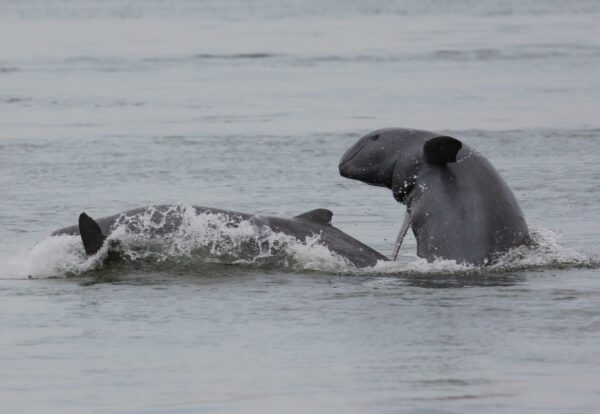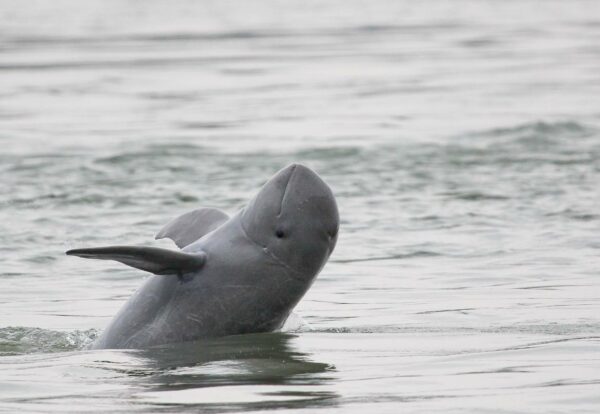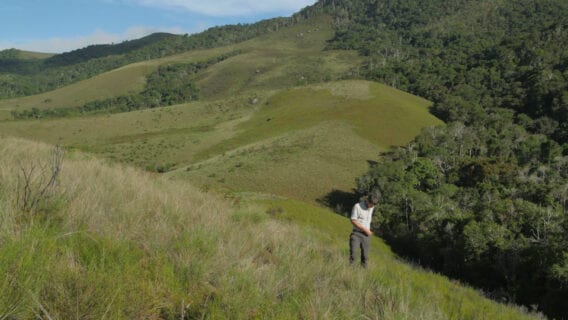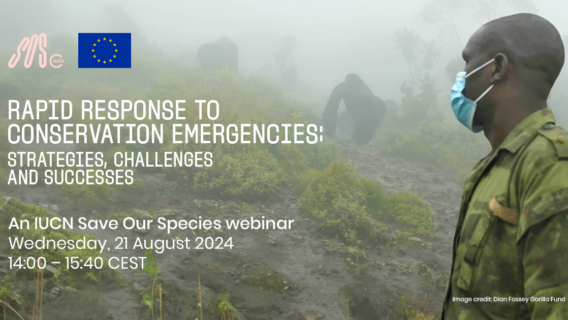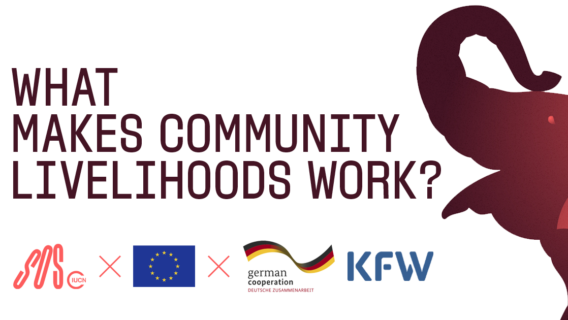Hope for Critically Endangered Mekong River Dolphins
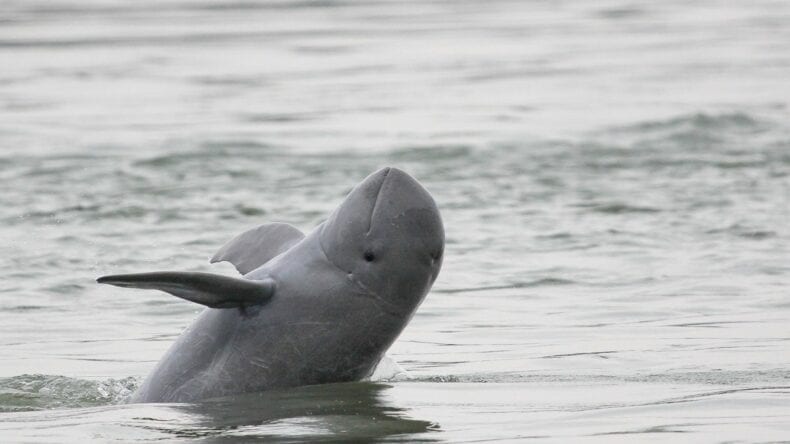
Irrawaddy dolphins (Orcaella brevirostris) are small dolphins from South and Southeast Asia. They are mostly restricted to shallow tropical and subtropical coastal waters, ranging from East India to Southwest Vietnam, including the islands of Sumatra, Java, and Borneo, while there are also two small, isolated coastal populations in the Philippines.
But Irrawaddy dolphins also live in rivers: they occur up to 1500 km upriver in the Ayeyarwady in Myanmar, up to 600 km upriver in the Mekong in Cambodia and southern Laos, and up to 1000 km upriver in the Mahakam in East Kalimantan, Indonesia. These populations are isolated geographically — and almost certainly also genetically — from the coastal populations, as the dolphins are absent from the lower reaches of the rivers and do not migrate over long distances. Their isolation puts them under serious threat of extinction, especially since the dolphins reproduce only slowly and are prone to be accidentally killed by fishermen, for example drowning after being trapped in gillnets, or killed by indiscriminate electric fishing. Today, the Ayeyarwady, Mekong, and Mahakam are estimated to harbor fewer than 100 individuals each, and the three river populations are classified as Critically Endangered on the IUCN Red List of Threatened Species™.
In particular in the Mekong, the number of Irrawaddy dolphins has been declining year on year over the past two decades. However, finally there is reason for optimism: a new study shows that the number of Mekong River dolphins has stabilized and appears even to be slowly rising. A major milestone in their conservation, showing that intensive efforts by Cambodian authorities and their partners to boost the number of river guards patrolling the Mekong and to confiscate illegal gillnets are paying off.
At IUCN Save Our Species, we are extremely pleased by the good news, as one of our previous Threatened Species Grants – $ 99,000 granted in 2012 – helped the WWF and Cambodia’s Dolphin Commission to train, equip, and supply the river guards. Evidence once more that #ConservationWorks!
The new study, by the Cambodian Fisheries Administration and WWF-Cambodia, was conducted between April 2007 and April 2017, with financial support from WWF Switzerland and WWF Belgium. A team of surveyers on a small boat traveled up and down the main channel of the Mekong between the downstream town of Kratie and the Khone Falls on the border between Laos and Cambodia – the entire 190-km stretch of the river where dolphins are known to occur. Any sighted dolphins could be individually recognized from the distinctive, naturally developing markings on their dorsal fins. In this way, the total population size (not counting the youngest calves, more shy and less likely to be spotted) could be estimated from the number of unknown, unmarked individuals and the frequency of resighting marked ones.
The results show that the number of Irrawaddy dolphins in the Mekong was 93 in 2017, up from 80 in 2015 and 70 in 2013 – the first increase observed since records began 19 years ago. However, the current number is still only half of that in 1997, when there were about 200 dolphins in the river. Nevertheless, the recent increase suggests that the population can recover in the long term.
“After years of hard work, we finally have reason to believe that these iconic dolphins can be protected against extinction – thanks to the combined efforts of the government, WWF, the tourism industry and local communities,” said Seng Teak, Country Director, WWF Cambodia, in a press release. “We celebrate this good news, but now is not the time for complacency. As threats to their survival persist, we need to re-double our efforts to protect the dolphins both for their future and that of the river and communities that live alongside it.”
IUCN warmly congratulates all stakeholders on their achievement and we look forward to seeing the Mekong population increase further in coming years!

